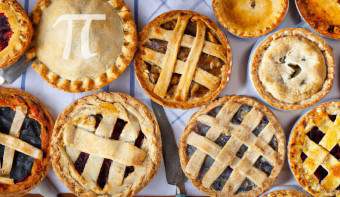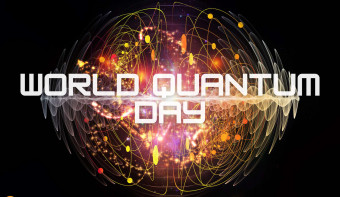About Fibonacci Day
Get ready to celebrate the wonder of mathematics on November 23rd, also known as Fibonacci Day! This special day honors the Fibonacci sequence, a series of numbers that appears in the most unexpected places, from the spirals of a seashell to the branching of trees.
It's a fantastic opportunity to delve into the beauty and logic of numbers that shape our world.
What is the Fibonacci Sequence?
The Fibonacci sequence is a series of numbers where each number is the sum of the two preceding ones, usually starting with 0 and 1. So it goes 0, 1, 1, 2, 3, 5, 8, 13, 21, and so on. It's named after Leonardo of Pisa, an Italian mathematician known as Fibonacci, who introduced the sequence to Western European mathematics in his 1202 book, *Liber Abaci*.
Why November 23rd?
Fibonacci Day is celebrated on November 23rd because when the date is written in the MM/DD format (11/23), the digits form the beginning of the Fibonacci sequence: 1, 1, 2, 3! It's a clever way to remember and honor this fascinating mathematical concept.
How Does it Appear in Nature?
One of the most captivating aspects of the Fibonacci sequence is its prevalence in nature. You can find it in:
The spirals of sunflower seeds
The arrangement of pinecone scales
The branching patterns of trees
The unfurling of fern fronds
The structure of hurricane eyes
Even the human hand, with the length of fingers often following a Fibonacci ratio!
How to Celebrate Fibonacci Day
There are many fun and engaging ways to celebrate Fibonacci Day, whether you're a math whiz or just curious about the world around you:
Explore Nature: Go on a scavenger hunt to find Fibonacci patterns in leaves, flowers, pinecones, or even fruit like pineapples.
Learn More: Read up on Fibonacci and the golden ratio. There are tons of great videos and articles online explaining these concepts in an easy-to-understand way.
Create Art: Use the Fibonacci spiral to create your own artwork, or draw out the sequence to see its mesmerizing visual progression.
Solve Puzzles: Challenge yourself with math puzzles or games that incorporate the Fibonacci sequence.
Share Your Knowledge: Teach a friend or family member about the Fibonacci sequence and its wonders!
Did you know? The Fibonacci sequence is closely related to the Golden Ratio (approximately 1.618), a mathematical concept that has been observed in art, architecture, and even the proportions of the human body.
Did you know? Fibonacci was also instrumental in popularizing the Hindu-Arabic numeral system (the numbers we use today) in Europe, replacing Roman numerals.
So, mark your calendars for November 23rd and get ready to appreciate the hidden mathematical beauty that surrounds us on Fibonacci Day!
Similar Observances
Copernicus Day
Read More
World Quantum Day ⚛️
Read More
Other Observances on November 23rd 2026
Rudolf Maister Day
Read More










